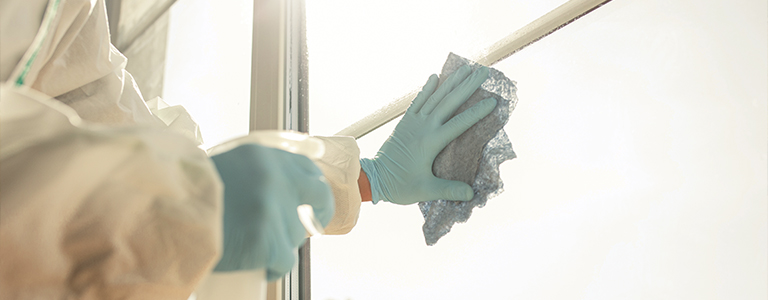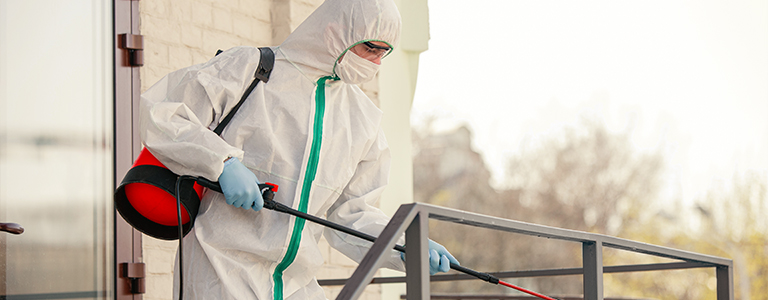
Many homeowners in Sydney battle new and old mould issues in various parts of their property. Particularity homes on the coastline see rapid mould growth as a result of a large amount of moisture in the air and water runoff during rainy seasons.
But what exactly is mould and why is it so bad?
Outdoors, moulds help to break down plant and animal matter. As part of the fungi family, they release tiny spores that float through the air. These spores can enter your home via:
- Doors
- Windows
- Heating and air conditioning vents
- Clothing and shoes
- Pets
Indoors, mould spores can’t grow unless conditions are right. The spores can latch on to a variety of materials, including fabrics, carpet, paper, and wood. Mould prefers spaces with lots of moisture and little light, such as:
- Sinks, bathtubs, and showers
- Near leaky pipes
- Around windows
- Basements, crawl spaces and attics
- Balconies
- Pool areas
Multiple types of mould can grow in the same area, and you can’t always differentiate the mould without testing. Fortunately, you don’t need to know the type to get rid of it. The most common indoor moulds are:
Cladosporium – This mould is brown, green or black. Cladosporium grows in both warm and cool locations. It’s most often found on wood, carpets, or fabrics and in heating and cooling ducts.
Penicillium – This fuzzy mould is blue, green or yellow. It’s often found under carpets, in basements and insulation, especially when there’s been water damage.
Aspergillus – Aspergillus is green, white or grey with dark spots and has a powdery look. This type of mould doesn’t need much ventilation. It thrives in fabrics, walls, attics and basements, as well as on dry food items.
Although these moulds aren’t found indoors as often as those listed above, you may still find them in your home:
Alternaria – This fuzzy mould is white with black spots. It tends to grow in fabrics and wallpaper, near windows and air conditioners and bathrooms and kitchens.
Aureobasidium – This mould is pink with black spots. It’s most commonly found on wood, walls, caulking and grout.
Stachybotrys chartarum – Also called black mould, this greenish-black mould grows on things with a high cellulose content. It’s usually seen on paper, fibreboard and gypsum board.
Trichoderma. This mould is creamy-white but turns green when it releases spores. It’s often found on wood, windows and in bathrooms and kitchens.
Apart from the unsightly presentation and bad smell, mould can compromise the structural integrity of parts of your home and normally causes negative health implications too. It’s important to recognise the early warning signs of mould to prevent any damage or health concerns arising.
The early warning signs of mould
- Smell – Mould generally has a musty, earthy, pungent smell.
- Moisture – Areas with lots of exposure to moisture and not much light generally are danger zones for mould growth. Regularly check these areas for any sign of mould growth.
- Discolouration – A drop of bleach normally lightens its colour in a minute or two. When left unchecked, mould will continue to grow while dirt and old stains won’t. Check on and around suspected mould growth areas for discolouration.
- Warping and Peeling – You see warping, cracking or peeling of whatever material the mould is growing on.
- Allergies – Having mould in your home won’t always make you sick. But it does have the potential to cause certain health issues.
Touching or inhaling mould spores can cause allergy-type symptoms such as:
- Runny nose and congestion
- Eye irritation
- Sneezing
- Coughing
- Sore throat
- Skin rash
- Headache
- Lung irritation
- Wheezing
What can you do about your potential mould problem?
Clean and check potential mould growth zones regularly. If mould is present, clean with mould killer and work towards prevention of mould growth in the future by investing in balcony membrane waterproofing and wet area waterproofing.
Call Sydney’s leading waterproofing contractors for the best local assessment and waterproofing membrane installation. With years of experience, Titan Waterproofing has got your back. Call today on 1300 761 219 to talk about your wet area waterproofing needs.



